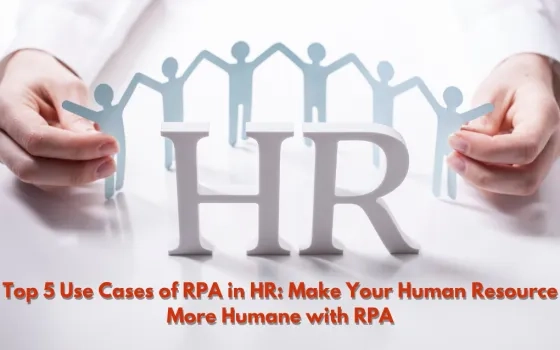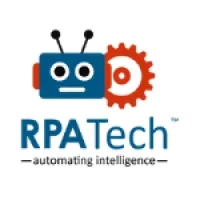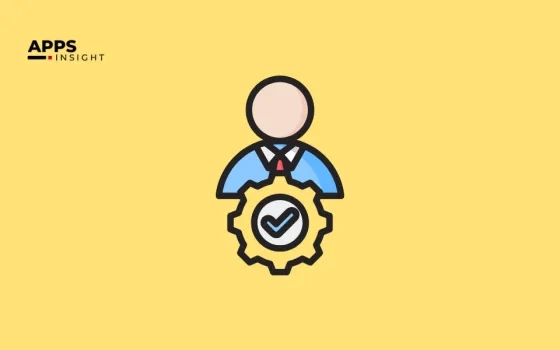Introduction
RPA in the HR process helps the company to be more people-oriented.
A company can have the best building, and best strategy to work out but not having the right people will produce no good fruits. The responsibility of attracting and finding the right people and retaining them is on the shoulders of the Human Resource (HR) Department.
To do so, the recruiter spends hours and weeks skimming through all the resumes to shortlist potential candidates. While the HR department looks at end-to-end processes starting from the onboarding to offboarding process, they are also responsible for documenting and recording all employee’s information across all company’s CRMs.
The substantial burden that manual documenting and recording carries can render your HR department exhausted and unable to focus on its core responsibilities.
“By implementing Robotic Process Automation (RPA) in Human Resources, you can make your Human Resource more humane.”
By automating HR functions, the HR department will be able to focus more on employees’ work-life balance and career paths, leading to employee satisfaction. At the same time, the software bots can take care of tedious and time-consuming tasks.
Surveys reported that more than half of traditional HR functions can get automated with robotic process automation.
Below is a list of the top 5 use cases of RPA in HR processes.
Use Cases for Robotic Process Automation (RPA) in Human Resource (HR)
1. Resume screening
With Intelligent Automation in HR, you no longer need to spend hours and weeks skimming through CVs and Resumes.
Manual resume screening is a tedious process and is prone to missing out on talented candidates for hire. As per the reports, the time spent on screening resumes per hire is approximately one day. It consumes a lot of recruiters’ time and is the biggest bottleneck in the recruitment process.
Resume screening and shortlisting of candidates is a rule-based process that involves reading digital data and is repetitive. Automating HR functions can help resume screening as software bots will read the digital resumes of candidates and match them with the required skills for job roles and shortlist the potential candidates.
The bots will send the list of potential candidates to HR and mail the interview schedule to a candidate. HR process automation can help eliminate stacks of documents on the HR desk and ease their way of finding the suitable candidate for your company.
The benefit of automation in HR includes streamlining the hiring process, saving hiring time by 40%, and hiring talented employees.
2. Onboarding
The manual onboarding process consumes hours before an employee gets to his workspace to begin working. An employee is required to fill forms and submit required documents. Then these papers move from one system to another to create a new user account, email ID, access authorization of applications, IT equipment, and so on. Once an employee fills the forms, HR teams have to enter the data in the company CRM, which is a time-consuming process.
HR automation slashes 90% of the time consumed in manual onboarding to 3-4 minutes.
According to the reports by SHRM, a company spends more than $4,100 on hiring a new employee. Approximately, that costs a company $49,200 per hire. The company can scrimp and save 80% of the manual employee onboarding process by simply automating HR processes.
The software bots scan the data from the form with the help of OCR, update the data in legacy systems, post which it creates a new user account and email address using the pre-installed templates.
RPA in HR enables new employees to step into their working shoes straight away and start building new connections.
3. Letters
Another function performed by HR is creating letters. When HR communicates with employees on behalf of a company, they need to create a formal document that clearly states its policies and codes. Example of these standard documents includes offer letters, increment letters, relocation letters, exit letters, and more.
Below is a list of four letters commonly created by HR.
DO YOU KNOW?
“With HR automation, you can save 75% of the time spend on manual creation of letters.”
Let us know how:
Offer Letter
The first formal document placed in an employee’s hand is an offer letter. The offer letter outlines the set of rules and policies against which an employee has to submit.
Recruiters create tailored offer letters complying with this set of rules and regulations of the company.
Manual cross-checking of rules is prone to errors and is time-consuming. By implementing automation in HR, the software bots gather the required information, collate them with the company’s code, create the offer letter, and send it to the selected candidate.
Increment Letter
HR process automation also helps to automate increment letters. In this process, creating an online performance review form is required. Once all the data is stored electronically, the software bots will read them and using templates; it will generate increment letters and email to the respective employees, post managerial approval.
Relocation Letter
Creating automated relocation letters is another process of HR automation. By implementing RPA in HR, the software bots read the company’s legislation regarding employee relocation, read the list of employees to be relocated, and create a letter using a letter sample.
Exit Letter
Creating an exit letter is another tedious work for the HR department. While creating an exit letter, they have to hire new employees to fill the role simultaneously.
When an employee decides to leave a company, the role of HR is to understand the reason, schedule an exit interview, retrieve any resources handed to the employee, deactivate their ID’s and account, and more. This process requires HR to follow criteria and rules for an employee exit.
However, HR process automation can rescue your HR team from this mundaneness as they are experts in performing heuristic, repetitive, and monotonous tasks.
After an employee fills online resignation form, the bots schedule an exit interview between the employee and HR. After the managerial approval, the bots create a well-tailored exit letter and mail it to the employee. Thus, saving sea of time of HR.
4. Offboarding
As having a good first impression is essential, leaving a lasting impression is equally necessary. By automating HR functions, you can create a lasting impression on your employee.
When an employee leaves a company, he leaves with some sensitive information about the company. And, if the employee is fired from his role, he possibly can misuse these pieces of information to tar the company’s reputation. In such cases, the manual offboarding process leave gaps in the employee offboarding process that are harmful to the company.
The manual offboarding process demand HR to perform tedious and repetitive tasks such as checking emails, keying data in spreadsheets, verifying offboarding checklist, and more; it is subject to errors.
Implementing robotic process automation in the human resource department makes the offboarding process 100% error-free and hassle-free. The software bots will read any resignation email from an employee, notify the managers, HR, IT department, and accounting department about the same, and schedule an exit interview with HR. Once the manager approves the exit letter, the employee receives an exit letter from HR. After the employee’s last day, the bots dismantle account users to stop former employees from misusing their credentials and company information.
5. Data Management System
Managing a company’s data and keeping it updated is another role performed by the HR department. Data of former or current employees need to be stored for record-sake. Keying these data across various systems is repetitive and mundane.
With HR automation, the software bots sync employee details across various databases of the company. Automating HR functions bears fruits of 0% error, time-saving, cost-saving, quick ROI, and consistency. The software bots also help in clearing out tasks or data that is outdated or expired.
What next!
HR process automation! Did it sound good and beneficial? But don’t know how to automate your HR process. Have no fear! We are experts in RPA implementation and deliver matchless RPA services and solutions.




















